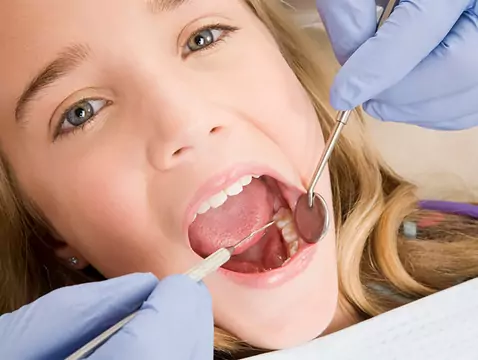Dentofacial abnormalities [including malocclusion] (15 contents)
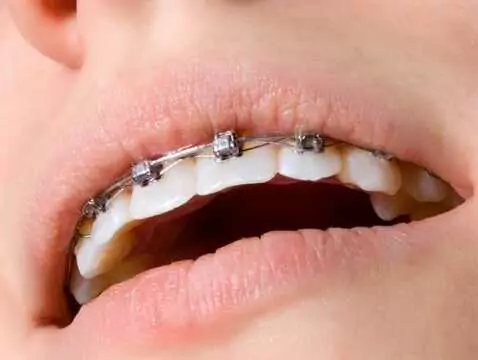
Braces - why do young people want to wear them?
How do young people view malocclusion? Do they want to wear braces? If so, why? And if not, how do we convince them? Thanks to researchers in Brazil, we know the answer to these questions.
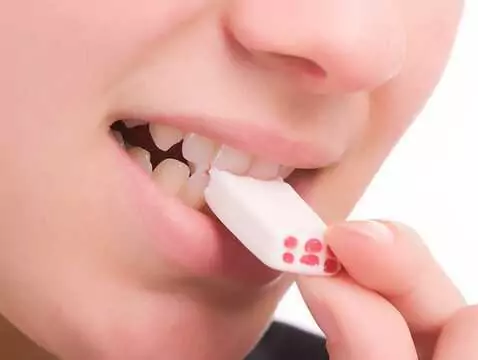
Malocclusion - how does it affect the patient's psychological functioning?
Can the appearance of occlusion impede daily functioning and negatively affect psychological well-being? Can the aesthetics of the dentition lower self-esteem?
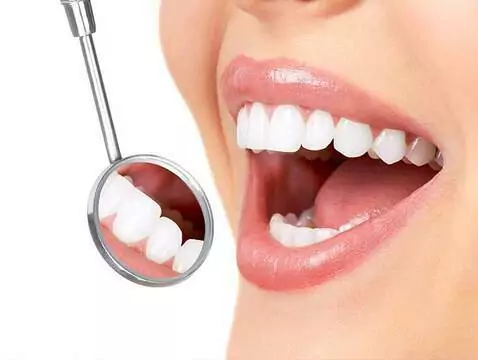
Tooth enamel
Enamel (enamelum) is nothing more than the tissue (the hardest of all tissues in the body) that covers all the dentin on the surface of the tooth crown.

Jaws
TMJ, is defined as the inability to, open the mouth. It is caused by a sudden, reflex contraction of the muscles responsible for lifting the jaw.
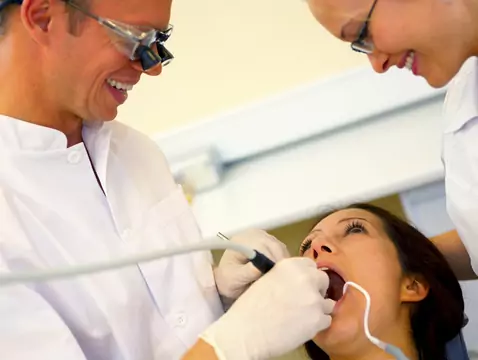
Tooth extraction
Most people say they go to the dentist to have a tooth pulled, however, this is a colloquial term, the correct term is tooth extraction or tooth removal. Tooth extra ction is not always a simple and...
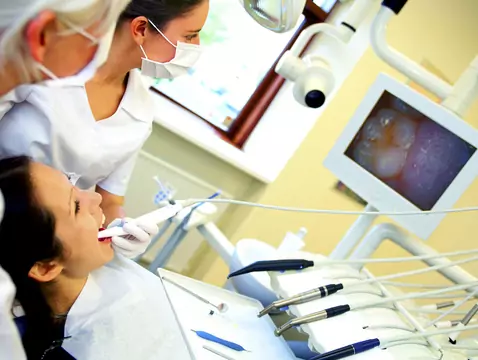
Osteoarthrosis after extraction of a wisdom tooth - causes, symptoms, diagnosis, treatment
Osteoarthrosis is defined as a limitation or impossibility of jaw opening, which disappears on its own and is caused by contracture of the muscles responsible for lifting the jaw. It occurs after...

Braces - all about braces
Braces are used to form a correct bite, which makes it easier to keep your mouth clean by having access to all your teeth, makes it easier to floss and prevents decay or tartar build-up and the...


